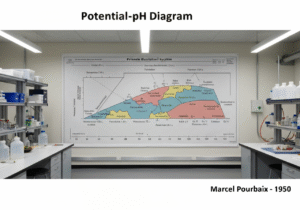这 浴缸曲线 is a graphical model illustrating three phases of a product’s life in terms of failure rate. It starts with a high but decreasing ‘infant mortality’ rate, followed by a low, constant ‘useful life’ rate, and concludes with an increasing ‘wear-out’ rate. MTBF calculations using a constant failure rate ([latex]\lambda[/latex]) are typically only valid during the central ‘useful life’ phase.
The bathtub curve provides a more nuanced view of reliability than a single, constant failure rate. The three distinct phases are:
1. Infant Mortality (or Early Life Failures): This initial period is characterized by a high failure rate that decreases over time. Failures are often due to manufacturing defects or installation errors. To mitigate this, manufacturers often perform ‘burn-in’ testing, operating products under stress to weed out weak units before they reach the customer.
2. Useful Life (or Random Failures): This is the longest phase, where the failure rate is low and relatively constant. Failures are considered random and unpredictable. The exponential distribution and the simple MTBF formula ([latex]MTBF = 1/\lambda[/latex]) are most applicable here.
3. Wear-Out: In this final phase, the failure rate begins to increase as components start to degrade and fail due to aging, fatigue, or corrosion. This is the basis for preventive maintenance, where components are replaced before they are expected to enter this high-failure-rate period, ensuring continued system reliability.
Understanding which phase a system is in is crucial for making correct maintenance and replacement decisions.































